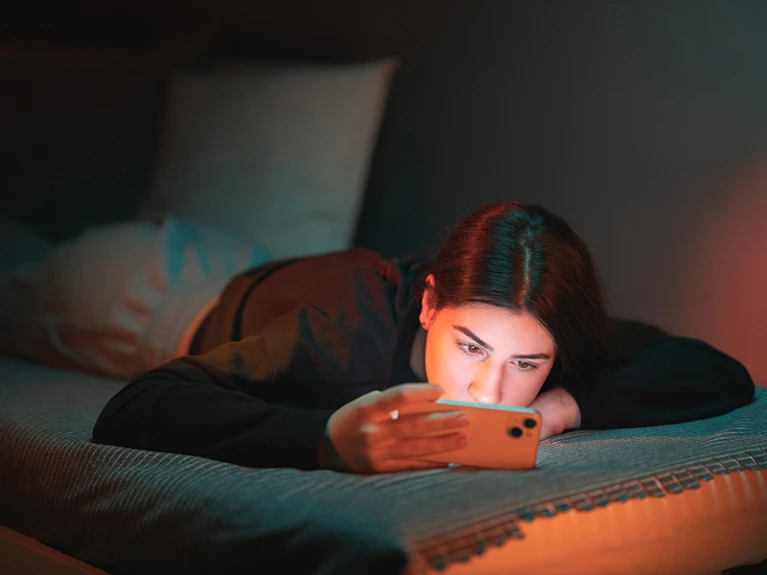A recent study has revealed a significant link between daily electronic screen use before bed and reduced sleep duration in adults, with “night owls” experiencing the most substantial sleep loss. The research, published in JAMA Network Open, found that individuals who use electronic screens in the hour leading up to bedtime are 33% more likely to experience poor sleep and lose approximately 50 minutes of sleep per week.
The study, conducted by researchers at the American Cancer Society, analyzed data from 122,058 men and women across 35 U.S. states and Puerto Rico. Participants reported their screen usage, sleep patterns, and chronotype (whether they were morning or evening people).
Key Findings:
- Increased Poor Sleep: Over 50,000 participants reported daily screen use before bed and showed a significantly higher rate of poor sleep quality compared to non-users.
- Reduced Sleep Duration: Daily screen users experienced an average loss of 7.64 minutes of sleep on workdays and 5.04 minutes on non-workdays.
- Night Owl Impact: Individuals with evening chronotypes (night owls) experienced a greater reduction in sleep, losing an average of 8.36 minutes per night.
- Delayed Bedtimes: Evening chronotypes who used screens daily went to bed an average of 15.62 minutes later on workdays, while morning chronotypes went to bed 9.33 minutes later.
“Our findings strengthen the evidence that electronic screen use and disruptions to sleep duration and quality are not limited to children and adolescents but to the broader adult population as well,” stated lead author Charlie Zhong, PhD. “The decrease in quality and duration appeared to be greater among those with a later chronotype and may be due to delayed bedtimes. Continued work is needed to understand the mechanisms though which screen use disturbs sleep.”
The study highlights the potential negative impact of screen use on adult sleep patterns, particularly for those with evening chronotypes. Researchers suggest that reducing screen time before bed could lead to improved sleep quality and duration.
Limitations:
It’s important to note several limitations of this study. The cross-sectional design makes it difficult to establish a causal relationship between screen use and sleep disruption. The study focused solely on handheld screens, excluding televisions and computers, and relied on self-reported data. Additionally, the study did not examine sleep patterns around retirement.
Disclaimer:
This news article is based on the provided study and should not be considered medical advice. The information presented is for general knowledge and informational purposes only, and does not constitute medical advice. It is essential to consult with a qualified healthcare professional for any health concerns or before making any decisions related to your health or treatment. Individual results may vary.












